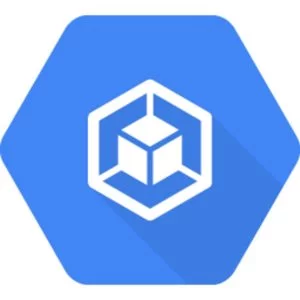
Here are some student testimonials.
** Really the course is so helpful because explanation is so good and explains every lesson in simple language, which means anybody can understand**
** Clear information and right to the point **
** Among the best kbs tuts I’ve had **
I welcome you to join my course to learn about the wonderful and exciting world of Kubernetes!!
This course is designed for those who are beginners in Kubernetes, but wanting to attain its mastery.
You’ll learn Kubernetes in a step–by–step manner with increasing sophistication.
You will be deploying Kubernetes on AWS and doing a number of labs.
No prior knowledge of Kubernetes, Docker or YAML is assumed.
This course will help you absorb the material faster and retain it much longer.
After completing this course, you’ll:
1) Learn the basics of Kubernetes, its architecture and how to deploy applications on it.
2) Practice hands–on by deploying, scaling, rolling back and autoscaling applications on your cluster.
3) Do a number of labs with increasing sophistication, starting from the very basics of a Pod.
4) Learn the declarative approach of working with the Kubernetes system.
5) Learn the microservices style of architecting applications.
6) Learn how to spin–up a Kubernetes cluster on AWS, scaling the cluster and tearing it down.
Instructor Details
Courses : 3
Specification: Kubernetes Mastery on AWS
|
3 reviews for Kubernetes Mastery on AWS
Add a review Cancel reply
This site uses Akismet to reduce spam. Learn how your comment data is processed.

| Price | $10.99 |
|---|---|
| Provider | |
| Duration | 11 hours |
| Year | 2019 |
| Level | Beginner |
| Language | English |
| Certificate | Yes |
| Quizzes | No |

$199.99 $10.99






Sanku Sinha –
Explanation is noot good
Alain Ngono –
So far, so good!
Dan Lester –
Giving a good broad overview of kubernetes and how to work with it. I was expecting to build a real example app, but maybe that would have been too confusing to also learn the commands when using a more detailed configuration on reflection, learning the architecture of Kubernetes a little more abstractly makes more sense first. The second half of the course really brings together what has been learnt earlier. The use of ‘Juju’ for setting up the cluster is not really explored in depth you just have to use it as instructed. It would probably widen the scope too much to cover this more, but maybe a bit more explanation or links elsewhere would help remove the uncertainty.